One step to fighting the obesity battle might just be printed on the back of your food package. New research published in the journal Agricultural Economics suggests that people who read nutrition labels tend to be slimmer than those who don't. And that effect was especially pronounced among women: Female study participants who scanned labels were more than eight pounds lighter than their non-label-reading peers.
Of course, it could be that those who look at labels are already more health-conscious, but it can only help to understand what's really in your food. And while the finding is somewhat intuitive, the truth is that many of us aren't reading those labels. A study published last year in the Journal of the American Dietetic Association found that while a third of people say they always look at the calorie counts on a label, in reality only 9 percent really do. And just 1 percent looked at the other components, including total fat, trans fat, sugar and serving size.
"The results of this study suggest that consumers have a finite attention span for Nutrition Facts labels: although most consumers did view labels, very few consumers viewed every component on any label,” study researchers Dan J. Graham, Ph.D. and Robert W. Jeffrey, Ph.D., of the University of Minnesota School of Public Health, wrote in their findings.
So how can we make label reading more accessible? "There really is so much information on a food label that it can get overwhelming," says HuffPost blogger Dawn Jackson Blatner, R.D., author of "The Flexitarian Diet." "Yes, you can look at everything, but soon one thing starts canceling out the next."
We spoke to Blatner and Toby Smithson, R.D., founder of DiabetesEveryDay.com, to help understand what the different components on the label really mean, and to suss out what you should prioritize when comparing labels in the grocery store. Of course, people with various health concerns (diabetes, high cholesterol, etc.) will have different needs when evaluating a label -- but these guidelines are a good place to start. Take a look, then tell us: What part of the label do you always read?